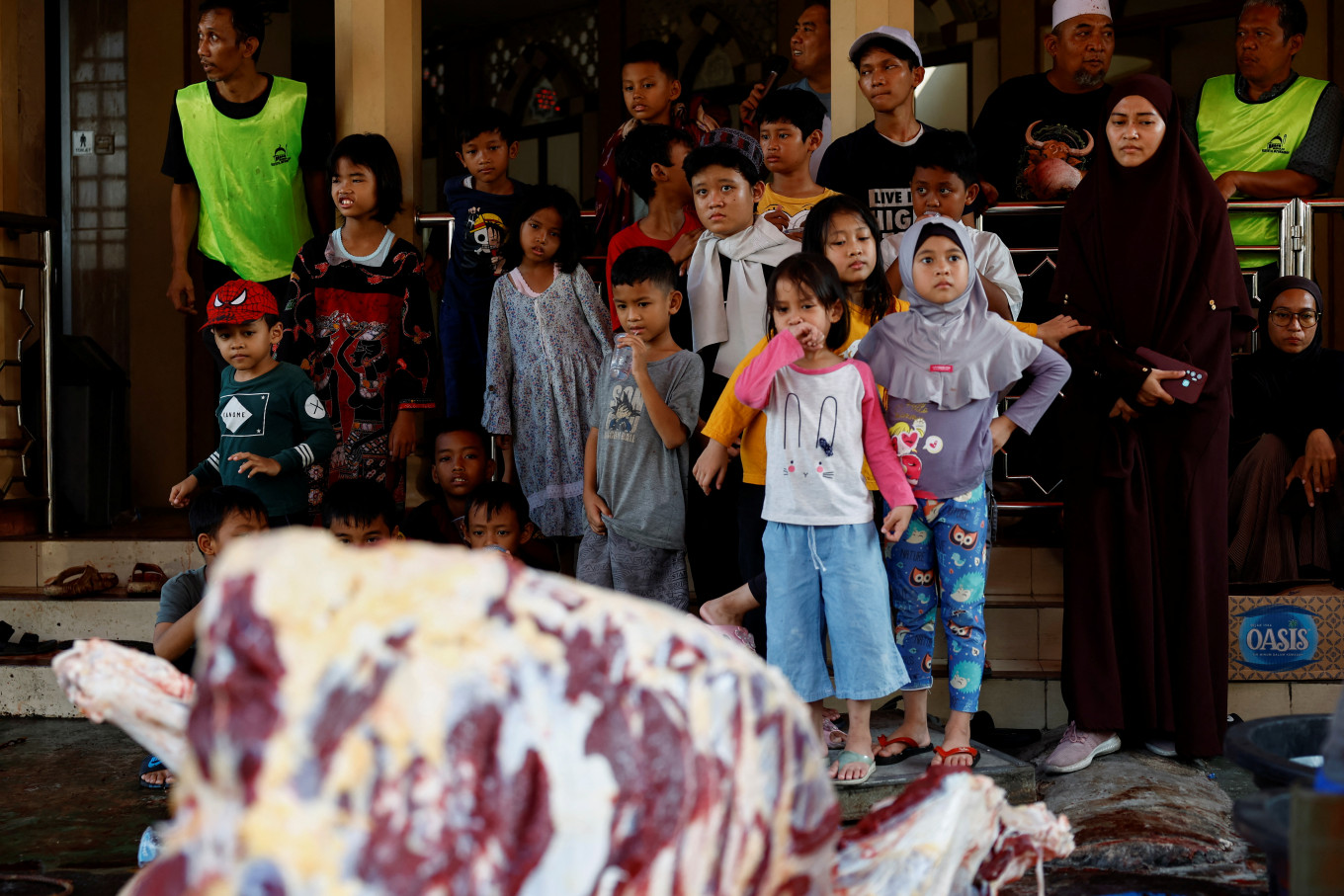Popular Reads
Top Results
Can't find what you're looking for?
View all search resultsPopular Reads
Top Results
Can't find what you're looking for?
View all search resultsJuggling between culinary heritage and health concerns
The combination of history, culture and economic reasons has led to the continued high consumption of offal and makes it difficult to change.
Change text size
Gift Premium Articles
to Anyone
D
uring the Islamic Day of Sacrifice, marked by the widespread tradition of meat consumption, usually of beef or mutton, many Indonesians embrace the occasion to savor offal delicacies. This cultural festivity not only commemorates the act of sacrifice but also underscores the enduring culinary customs that influence our dietary preferences.
Jeroan is the word used to call offal from chickens, cattle and goats. Lungs, tripe, heart, skin, intestines, kidneys, liver and penis, are among the variety of animal offal products that are processed and cooked into wonderful dishes.
Among popular offal-based dishes are curry, soto (meat broth served with rice or rice cake) and oseng (a stir-fried dish with many ingredients including offal).
Indonesians also prepare offal for snacks. Intestine and lung chips are readily available as snacks.
According to research, Indonesia has 139 types of offal-based dishes spread across 23 provinces. Among them, 31 dishes have been identified in West Sumatra, 18 in Central Java and 14 in East Java.
The preference for offal stems from a long history of colonial rule, cultural and economic factors, where the level of prosperity among the populace remained low. Offal is easily obtainable and inexpensive because colonial rulers did not consume these parts in their diets. Offal was primarily consumed by lower and middle-class communities who were not part of the colonial elite.
Similar trends also emerged in religious teachings, particularly in the Javanese Hindu acculturation, where it was believed that only lower and middle-class communities consumed offal.



















